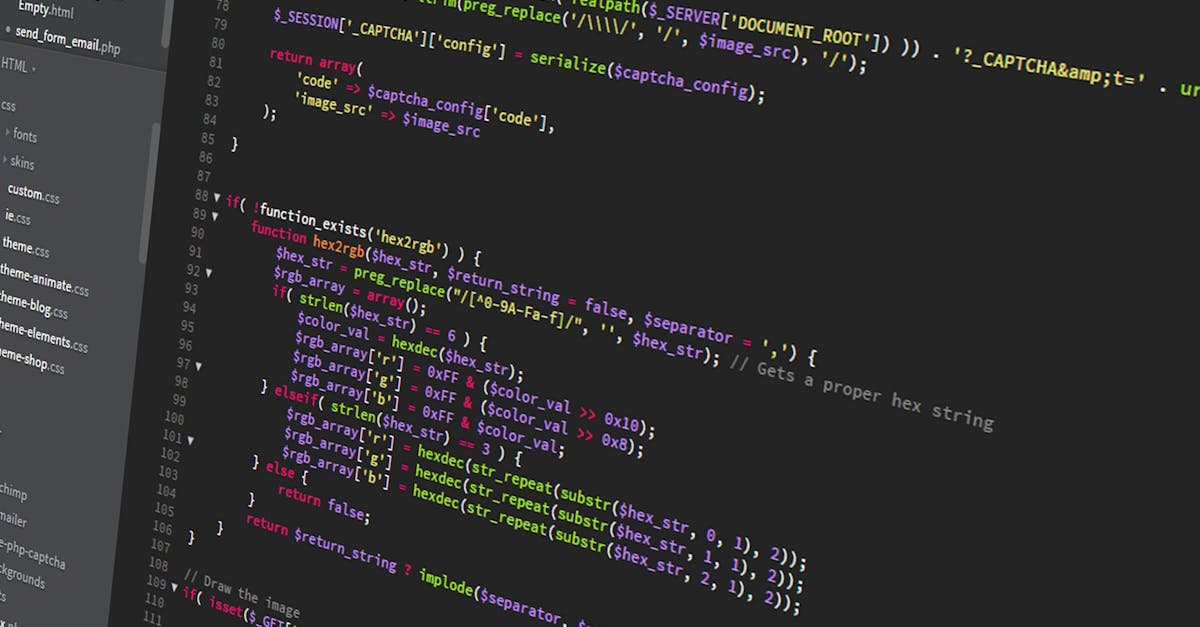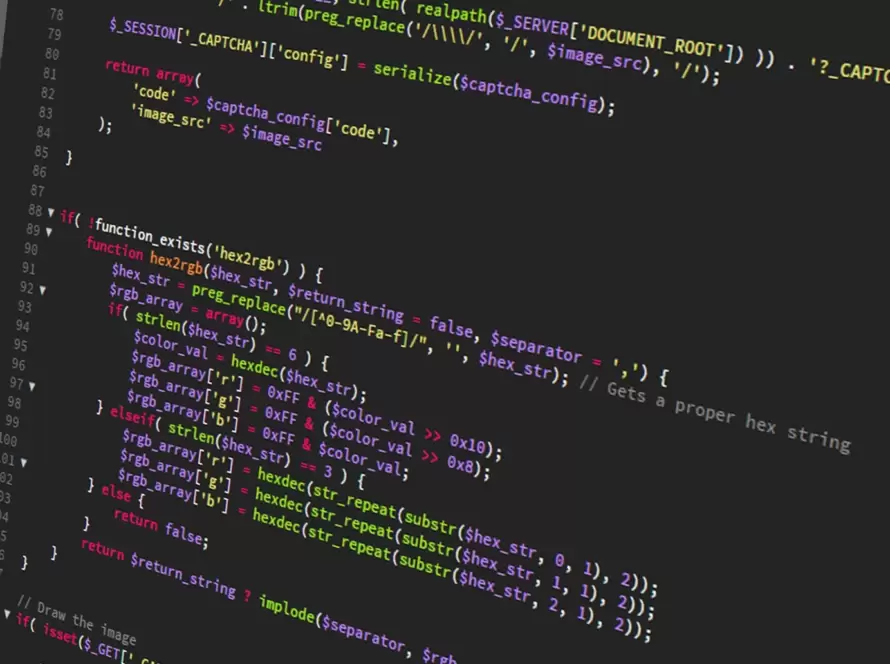Generated by Contentify AI

When it comes to web development, ensuring that HTML data is valid is crucial. Valid HTML code not only improves the overall structure and readability of a website, but it also plays a significant role in enhancing its accessibility and search engine optimization. In this blog post, we will discuss some best practices for validating HTML data, which can help developers avoid common errors and ensure a seamless user experience.
The first step in validating HTML data is to use a reliable validation tool. There are several online tools available that can help you validate your HTML code against the standard specifications set by the World Wide Web Consortium (W3C). These tools provide detailed reports highlighting any errors or warnings found in your code, allowing you to make necessary corrections promptly. By regularly validating your HTML code, you can easily identify and rectify potential issues before they impact the functionality and performance of your website.
Another important aspect of validating HTML data is understanding and implementing proper markup. This involves using HTML elements, attributes, and values correctly and in accordance with the HTML standard. By adhering to proper markup practices, you can ensure that your code is semantically correct, making it easier for search engines to index your website and for assistive technologies to interpret and present your content to users with disabilities.
In addition to using a validation tool and implementing proper markup, it is also crucial to stay updated with the latest HTML specifications and guidelines. The HTML standard is constantly evolving, and new elements, attributes, and techniques are introduced regularly. By staying informed about these updates, you can ensure that your HTML code remains compliant and up to date.
Validating HTML data may seem like a small task, but it is an essential step in creating well-structured, accessible, and search engine-friendly websites. By following these best practices and regularly validating your HTML code, you can ensure that your website delivers a seamless user experience and meets the highest standards of quality and performance.


